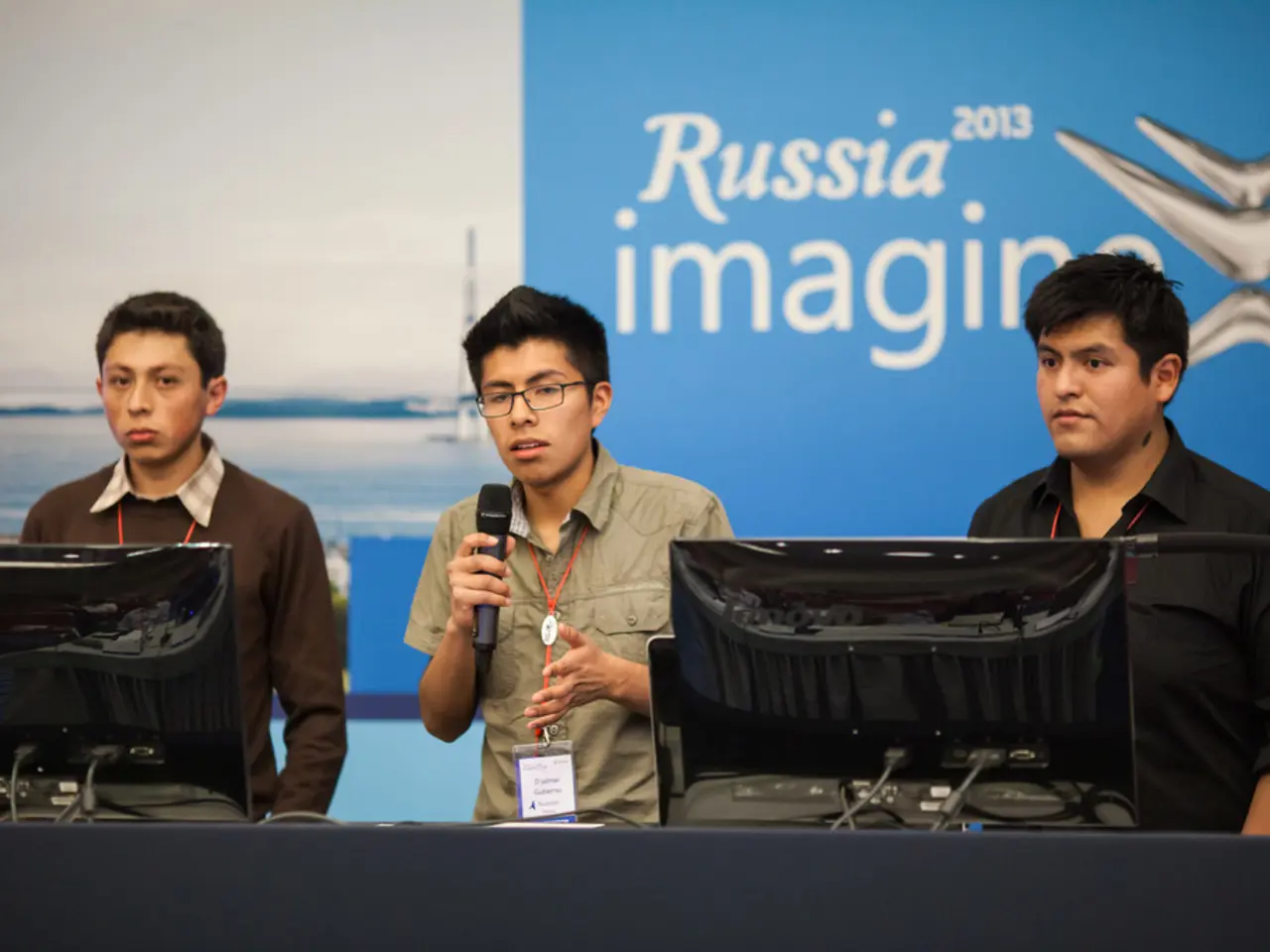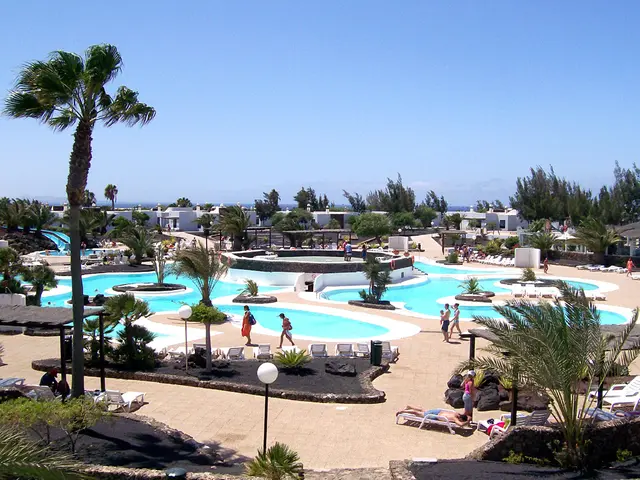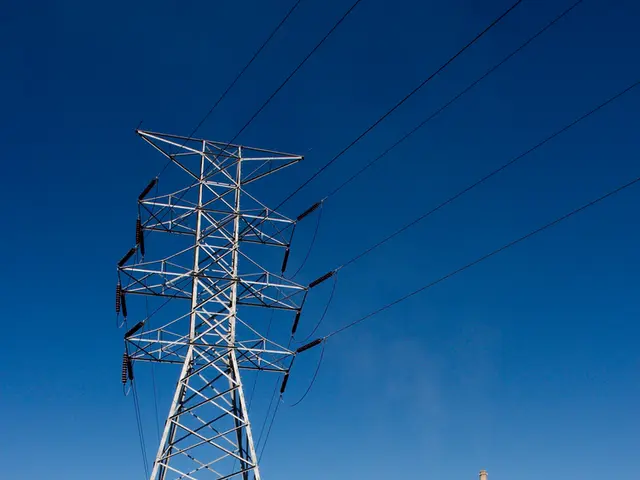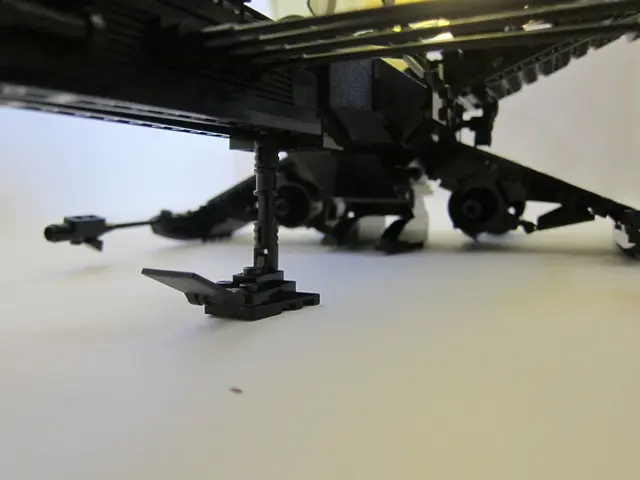Trump's Alaskan Misadventure
In the remote Alaskan wilderness, the world watched as US President Donald Trump met with Russian President Vladimir Putin, an encounter that some historians have likened to Trump's own "Ultima Thule" - a mythical land believed to be at the extreme north, end of the earth [1].
The meeting, which took place in August 2025, was marked by Russian officials reportedly making almost immediate concessions in the talks [1][5]. These concessions included signs of softening territorial demands, possibly limiting claims to the Donetsk region rather than the four regions Russia initially sought [1][5]. There was also some flexibility on Ukraine's demilitarization demands, although the exact details of Russia’s concessions remain somewhat unclear [1][5].
Trump's stance, as reported, suggested that the onus of territorial concessions was on Ukraine, and he intimated that Ukraine might need to cede territory for peace to be achieved. However, the summit itself ended without a formal agreement announced [2][1].
The meeting and subsequent talks advanced the idea of pursuing a full peace agreement, potentially involving a ceasefire or peace framework that might include limited land swaps, security guarantees balanced with recognition of Ukrainian sovereignty in certain areas, and the possible scaling back of sanctions conditional on progress [1][4][5].
However, the absence of Ukraine at the summit and skepticism from Kyiv and European partners about territorial concessions mean the conflict's resolution remains highly uncertain. Ukraine and its allies emphasize starting with a ceasefire and reject ceding unoccupied territory, making the peace process fragile [1][4][5].
Trump has threatened "severe consequences" if Putin does not accept an unconditional ceasefire, but so far, the consequences of Trump's words have not materialized for Russia. The choice of Alaska for the meeting was a concession, as Russians, including major figures in state media, routinely claim Alaska for Russia [1].
In a broader context, Putin manipulates the US president to further his own goals, including the continuation of war. Putin proposes a provocative counter to Trump's demand for an unconditional ceasefire, suggesting Ukraine concede territory not currently occupied by Russia [1]. Trump's bullying tactics do not intimidate foreign enemies, but rather delight them as a sign of weakness [1].
Timothy Snyder, a prominent historian and author, holds the inaugural chair in Modern European History at the Munk School of Global Affairs and Public Policy at the University of Toronto. The article was published by Project Syndicate [1]. Snyder's analysis suggests that Putin has no reason to prefer Trump's vision of a beautiful future over his own, which includes a Ukraine with a puppet government, a population cowed by violence, and resources in Russian hands [1].
In summary, the primary notable "concessions" in the Alaska meeting were those made by Russia to the U.S. side, not by Trump to Putin. The future of Ukraine hangs in the balance, with the peace process fragile and the resolution uncertain.
[1] Snyder, Timothy. "Trump's Ultima Thule." Project Syndicate, 2025. [2] Associated Press. "Trump-Putin Meeting Ends without Formal Agreement." CNN, 2025. [3] The New York Times. "Trump's Alaska Meeting with Putin: A Recap." 2025. [4] BBC News. "Ukraine Rejects Territorial Concessions in Peace Talks." 2025. [5] The Washington Post. "The Alaska Meeting: What We Know So Far." 2025.
Read also:
- United States tariffs pose a threat to India, necessitating the recruitment of adept negotiators or strategists, similar to those who had influenced Trump's decisions.
- Weekly happenings in the German Federal Parliament (Bundestag)
- Southwest region's most popular posts, accompanied by an inquiry:
- Discussion between Putin and Trump in Alaska could potentially overshadow Ukraine's concerns








